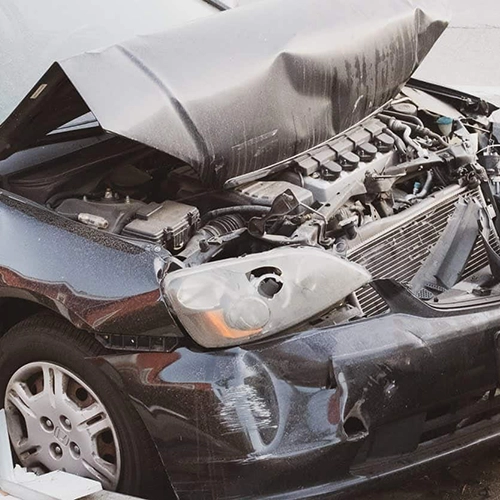Georgia
Understanding Your Georgia Car Crash Report: Expert Tips and Insights – Kenneth S. Nugent, P.C.

A Georgia Uniform Motor Vehicle Accident Report is a standardized document used by police officers to record details of vehicle collisions in the state. Understanding how to read this report can be crucial for those involved in accidents or pursuing legal claims. Here’s a comprehensive guide to interpreting the key sections of this important document.
Essential Components of the Georgia Motor Vehicle Accident Report
The report consists of four main parts:
- The front of the crash report
- The back of the crash report
- The overlay
- Continuation sheet or supplemental report form
The front page contains vital information about the crash, while the back allows the officer to provide a narrative account and diagram of the accident. The overlay serves as a key for interpreting codes used in the report, and continuation sheets are used when additional space is needed.
Key Information Included in the Report
The accident report contains a wealth of information, including:
- Date and time of the accident
- Description of vehicles involved
- Driver conditions and actions
- Insurance and driver’s license data
- Commercial motor vehicle information (if applicable)
Understanding Codes in the Accident Report
Officers use numeric codes to represent various aspects of the accident. These codes describe:
- First or most harmful event
- Contributing factors (vehicle and driver)
- Roadway conditions
- The direction of travel and traffic flow
- Vehicle maneuvers
- Vehicle class and type
- Area of impact on vehicles
- Types of Injuries
- Airbag function
Specific Categories and Their Codes
Driver Age
The age category uses specific codes:
- 00: Infants up to 1 year old
- 01-97: Actual age of the person
- 98: 98 years old or older
- 99: Unknown
Airbag Function
The airbag function is represented by codes 0-10, indicating whether an airbag was present, deployed, or not deployed, and in which direction.
Alcohol and/or Drug Test Given
This section indicates whether a driver was tested for alcohol or drugs, with three possible responses:
Area of Initial Contact
This category uses codes 0-15 to indicate where a vehicle was first hit:
- 0: Vehicle overturned
- 1-12: Corresponding to clock positions (e.g., 12 is front, 6 is rear)
- 13-15: Special circumstances (top, undercarriage, or no contact)
Cargo Body Type
This section describes the type of cargo a vehicle is designed to carry, including options like:
- Van (Enclosed Box)
- Auto Carrier or Tow Truck
- Bus
- Dump
- Garbage/Refuse
- Flatbed
- Cargo Tanker
- Concrete Mixer
- Hopper
- Intermodal Container Chassis
- Pole Trailer
Damage to Vehicle
This category uses codes to indicate the severity of damage and the presence of fire.
Importance of the Accident Report
The Georgia Uniform Motor Vehicle Accident Report plays a crucial role in:
- Providing an official record of the accident
- Assisting in insurance claims
- Supporting legal proceedings if necessary
- Helping to identify patterns in road safety
Tips for Reading the Report
- Familiarize yourself with the layout of the report
- Use the overlay to interpret codes
- Pay attention to the narrative section for the officer’s account
- Look for any diagrams or sketches of the accident scene
- Note any discrepancies or unclear information for follow-up
Conclusion
Reading a Georgia Uniform Motor Vehicle Accident Report may seem daunting at first, but understanding its structure and codes can provide valuable insights into the circumstances of an accident. This knowledge can be crucial for insurance claims, legal proceedings, or simply for personal records. Remember that while the report is an official document, it represents the officer’s interpretation of the event, and additional evidence may be necessary in some cases. By familiarizing yourself with the various sections and codes used in the report, you’ll be better equipped to understand the details of an accident and take appropriate action if needed. Whether you’re directly involved in an accident or working in a related field, the ability to read and interpret these reports is an invaluable skill in navigating the aftermath of a motor vehicle collision in Georgia.